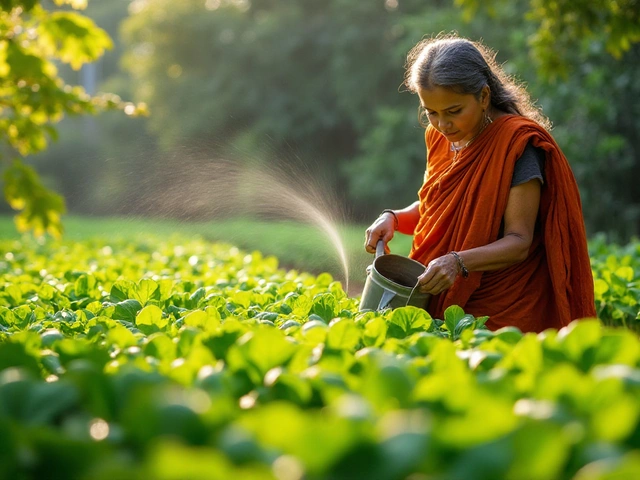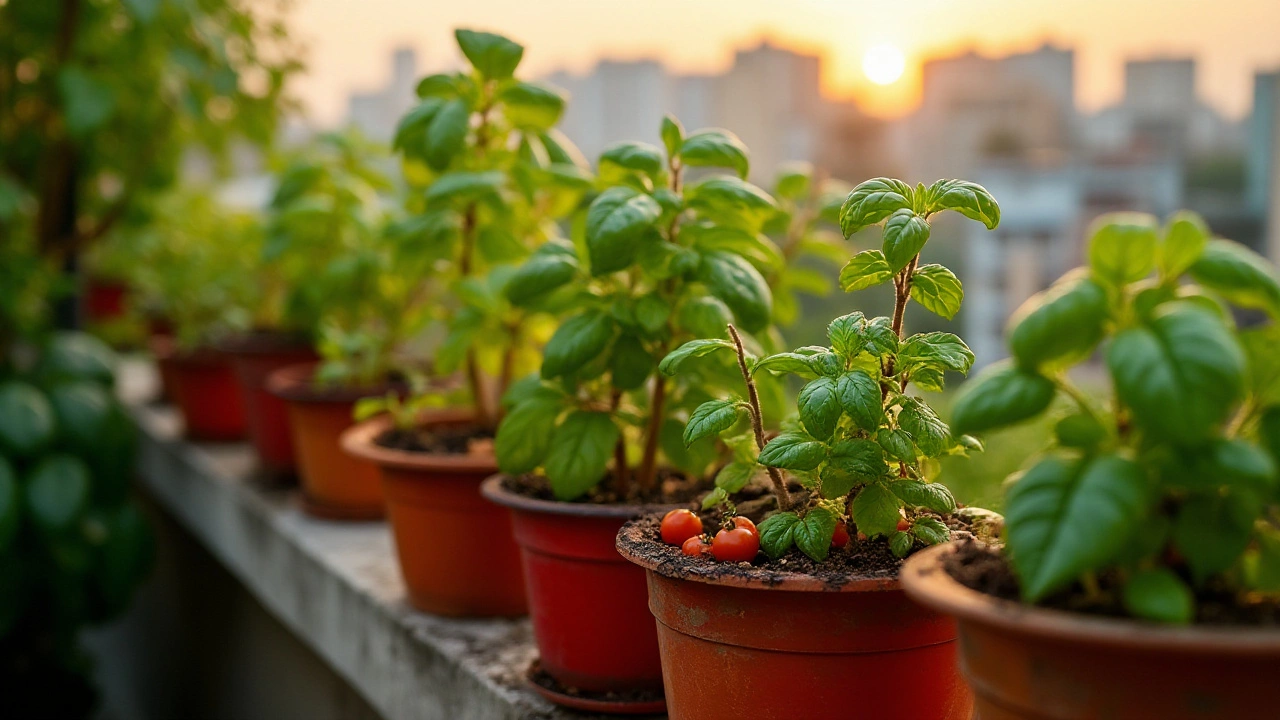Potted Vegetables: Grow Fresh Veggies in Small Spaces
Want tasty veggies but only have a balcony or a tiny yard? Potted vegetables let you grow food right where you live. No big garden needed, just a few containers and a bit of care.
First, pick veggies that love pots. Leafy greens like spinach, lettuce, and kale thrive in shallow containers. Cherry tomatoes, peppers, and beans do well in deeper pots. These choices give you quick harvests and don’t need a lot of space.
Choosing the Right Containers and Soil
Anything that holds soil and drains water can be a pot – plastic tubs, terra‑cotta, even old buckets. The key is drainage; drill holes in the bottom if they’re missing.
Mix your own soil: equal parts garden loam, compost, and coarse sand or perlite. This blend stays light, drains well, and keeps roots happy. If you’re growing tomatoes, add a little extra compost for more fruit.
Place a thin layer of gravel or broken pottery at the bottom before filling with soil. It prevents the pot from becoming a soggy mess.
Watering, Light, and Harvest Tips
Water consistently. Pots dry out faster than ground beds, so check daily in summer. Stick your finger a couple of inches deep – if it feels dry, it’s time to water.
Sunlight is a must. Most vegetables need 6‑8 hours of direct sun. If you’re on a balcony that gets shade in the afternoon, grow shade‑tolerant greens like kale or Swiss chard.
Feeding helps too. Use a balanced liquid fertilizer once a week or sprinkle slow‑release granules every month. It fuels rapid growth.
Harvest early and often. Leafy greens keep producing after you cut the outer leaves. For tomatoes and peppers, pick the fruit when it’s fully colored – this encourages the plant to set more fruit.
If you’re short on floor space, go vertical. A simple trellis or hanging basket can support beans, peas, or cascading tomatoes. This trick also improves air flow, reducing disease.
Companion planting works in pots too. Plant basil beside tomatoes to boost flavor and deter pests. Marigolds can be tucked in the corners to keep bugs away.
Watch for common problems: yellow leaves often mean too much water, while curled edges suggest a lack of nutrients or too much heat. Adjust watering or feed accordingly.
When the season ends, you don’t have to toss the soil. Remove the plants, stir in fresh compost, and reuse the mix for the next round. This saves money and keeps the soil alive.
Got limited room? Try stacking. Small stackable planters let you grow herbs on the top level and veggies below, making the most of vertical space.
Finally, enjoy the process. Watching a seed turn into a crunchy carrot or a juicy tomato is rewarding. Plus, you get fresh, pesticide‑free produce right at your doorstep.
With these simple steps, potted vegetables become a low‑stress way to add flavor, nutrition, and a touch of green to any home.
Best Vegetables to Cultivate in Pots for Your Balcony Garden
Growing vegetables in pots is an excellent way to make the most of limited space, especially for urban dwellers with balconies. By selecting the right vegetables, one can maximize yield and enjoy fresh produce right from their home. This article explores which vegetables thrive in containers, offering tips and tricks to ensure successful growth. Understanding the needs of each plant and how to care for them in a pot setting can transform a small balcony into a productive garden.
About
Gardening
Latest Posts
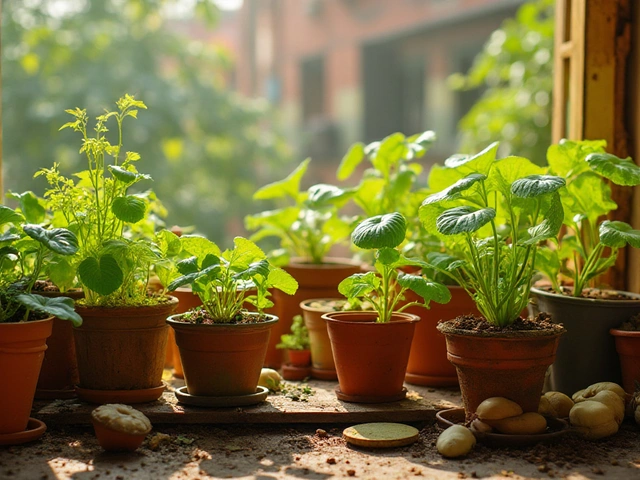
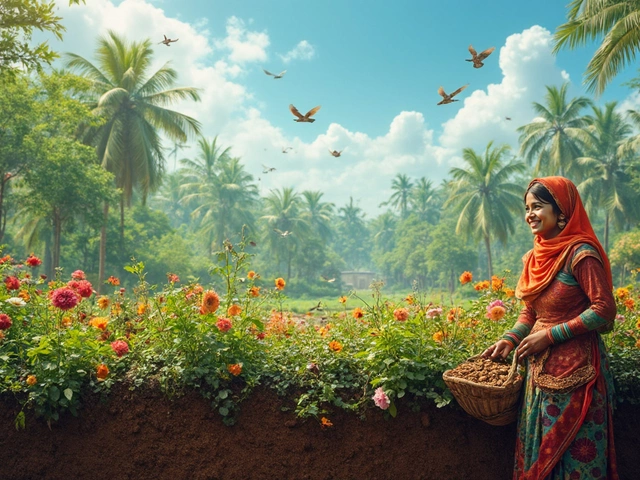
How to Turn Topsoil into Garden Soil for a Flourishing Yard
By Alden Thorne Mar 8, 2025
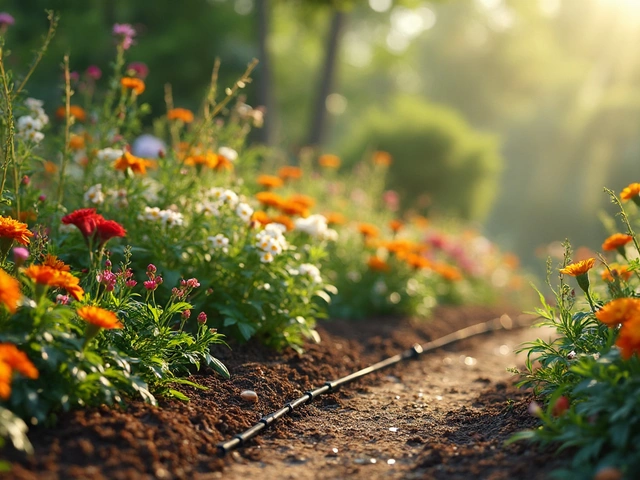
Drip Irrigation Under Mulch: Is It Worth It?
By Alden Thorne Apr 4, 2025
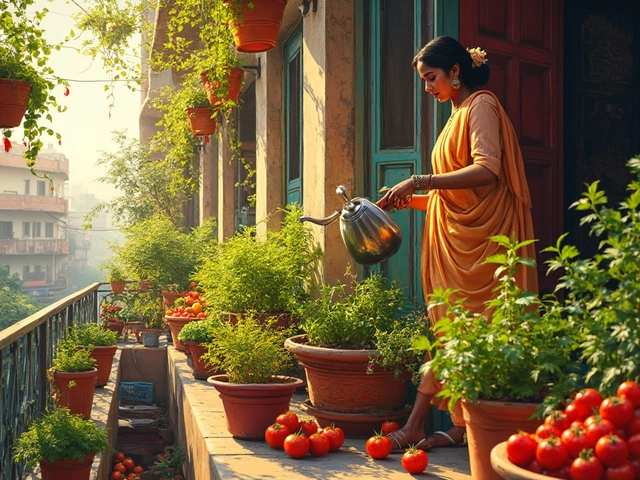
Grow Vegetables on Your Balcony: A Simple Guide
By Alden Thorne Feb 12, 2025
